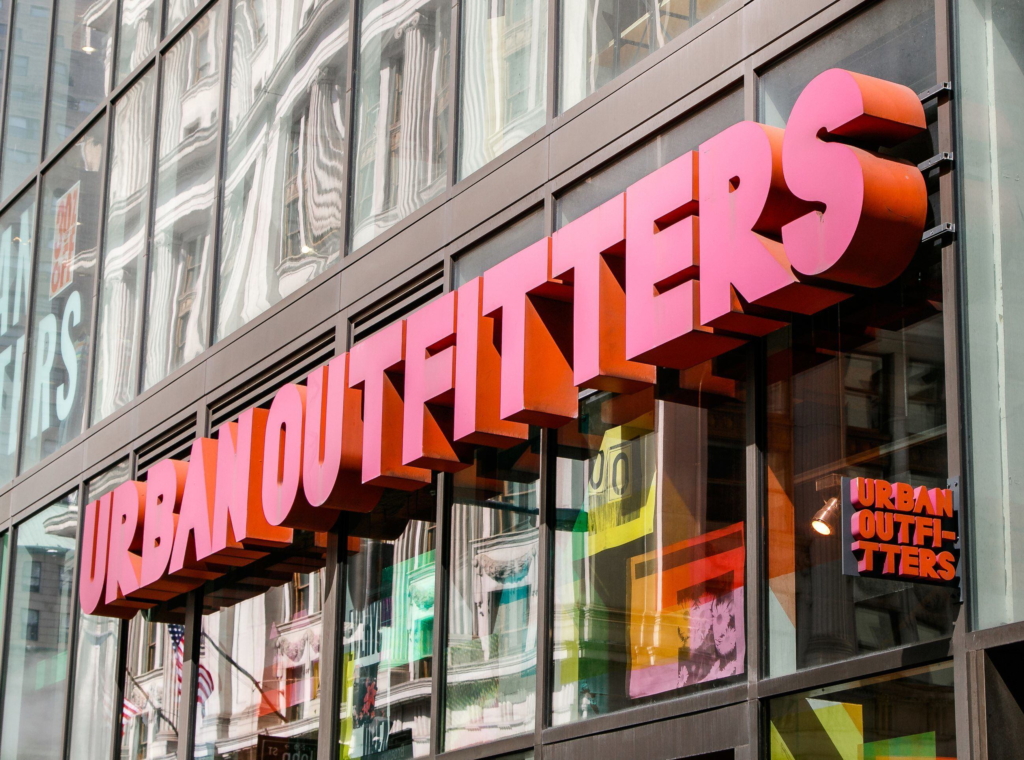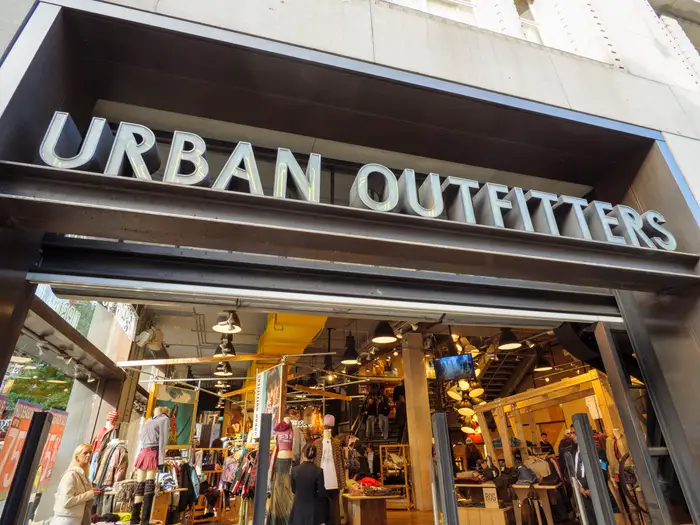Urban Outfitters tariffs impact is becoming a major concern in the retail industry. Known for its trendy fashion, lifestyle products, and bohemian-inspired collections, Urban Outfitters has warned that higher tariffs on imported goods are starting to eat into its profit margins. For a brand that caters to young shoppers with price sensitivity, this pressure is difficult to ignore. But what does this mean for the company, its customers, and the wider retail market? Let’s break it down in simple terms.
What is the Urban Outfitters Tariffs Impact?
Urban Outfitters relies heavily on imported products. From clothing and footwear to home décor, much of its inventory comes from overseas manufacturers, especially in Asia. Tariffs, which are essentially taxes placed on imported goods, increase the cost of these items before they even reach store shelves.
When these tariffs rise, the costs for retailers also rise. Unless the company increases its prices, those costs cut into profit margins. For Urban Outfitters, this is becoming a significant challenge.
How Higher Tariffs Affect Margins
Margins are the difference between what a company pays to source or make a product and what it earns by selling it. If tariffs increase the sourcing cost, margins shrink. Here are some key ways this plays out for Urban Outfitters:
- Rising import costs: Goods cost more before they even hit shelves.
- Pricing limits: Urban Outfitters cannot always pass higher costs to shoppers, especially since its audience is price-conscious.
- Profit squeeze: Without significant adjustments, profit margins decline.
- Supply adjustments: The company may need to shift sourcing to countries with fewer tariffs or bring in more domestic goods.
For example, if a pair of imported jeans cost $20 before tariffs and a new 5% tariff makes it $21, the company must sell the jeans at a higher price to keep the same margin. Even a $1 increase multiplied across thousands of items leads to a serious hit to profits.
What This Means for Shoppers
While tariff changes may feel distant, they have direct consequences for customers.
- Higher Prices
As retailers face cost increases, some of these are passed to customers. That could mean slightly higher price tags on clothes, accessories, and home décor. - Less Variety
Urban Outfitters may reduce its range of imported goods and focus more on items sourced locally or from countries with lower tariffs. - Fewer Discounts
If margins are under pressure, the company may reduce promotions, sales, and markdowns that shoppers enjoy. - Shift Toward Local Goods
You might see more products labeled “Made in the USA” or from nearby countries. While this reduces tariff exposure, local manufacturing often costs more, which may still affect prices.
Why This Matters Beyond Urban Outfitters
The Urban Outfitters tariffs impact is part of a bigger picture in global retail. Many companies, from fast fashion brands to luxury houses, rely on global sourcing networks. When tariffs rise, they must rethink how they produce and sell goods.

- Retail Pricing Trends: Higher tariffs drive up costs across the industry, not just for Urban Outfitters.
- Supply Chain Adjustments: Retailers may shift sourcing to countries like Vietnam, India, or Mexico to avoid certain tariffs.
- Consumer Behavior: Price-sensitive shoppers may reduce spending or turn to discount retailers.
- Business Strategies: How Urban Outfitters adapts can offer insight into how other retailers might respond.
Possible Strategies for Urban Outfitters
To reduce the effect of tariffs, Urban Outfitters has several options:
Diversify Sourcing Locations
The company could increase production in countries not heavily affected by tariffs. This reduces dependency on one region.
Raise Prices Carefully
Some costs might be passed to consumers, though increases must be subtle to avoid driving away young customers.
Cut Internal Costs
Urban Outfitters could reduce spending in areas like logistics, marketing, or administration to protect margins.
Bundle and Promote
Encouraging customers to buy more items together can help increase average order value, offsetting lower margins.
Improve Supply Chain Efficiency
Better inventory management, reduced waste, and faster logistics could save money even when tariffs rise.
Real-World Examples
To see how tariffs affect margins, imagine these scenarios:
- Decorative pillows usually cost Urban Outfitters $10 per unit. A new 10% tariff raises that cost to $11. With thousands sold, the extra dollar adds up quickly and cuts into profits.
- Jeans imported for $20 per pair become $21 under a 5% tariff. To maintain profit, Urban Outfitters may need to sell them for $42 instead of $40. While $2 may not seem like much, it matters when applied across entire collections.
Other retailers are already moving supply chains to avoid tariffs. For example, some fashion brands are expanding in Bangladesh, Vietnam, and Mexico to escape higher costs.

What Shoppers Should Expect
For everyday customers, the tariffs issue may lead to:
- Gradual price increases on staple items.
- Seasonal collections with fewer imported options.
- Less aggressive clearance sales.
- A bigger presence of locally made goods.
These changes will not happen overnight but will gradually shape the shopping experience.
Key Takeaways in Simple Terms
- The Urban Outfitters tariffs impact comes from higher import taxes on goods.
- Rising costs reduce the company’s profit margins unless they are passed to shoppers.
- Customers may see higher prices, fewer discounts, or less variety in stores.
- Urban Outfitters and similar retailers are exploring ways to adapt, such as shifting sourcing or improving supply chains.
Final Thoughts
The Urban Outfitters tariffs impact is a clear reminder of how global trade policies affect our everyday shopping. While tariffs are often discussed at government and corporate levels, their real effect shows up at the checkout counter. For Urban Outfitters, balancing competitive pricing with rising costs is becoming harder.
The company’s response could involve raising some prices, shifting sourcing strategies, or focusing more on efficiency. For shoppers, this may mean subtle price increases and fewer discounts in the near future. On the positive side, the situation might encourage retailers to explore local and sustainable sourcing, potentially reshaping fashion retail for the better.
Do Follow USA Glory On Instagram
Read Next – Stock Futures Flat, but Markets Rally on Fed Hopes






